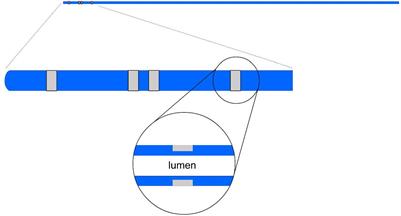EDITORIAL
Published on 27 Sep 2019
Editorial: Mathematical Modeling of Cardiovascular Systems: From Physiology to the Clinic
doi 10.3389/fphys.2019.01259
- 2,981 views
- 6 citations
24k
Total downloads
119k
Total views and downloads
Select the journal/section where you want your idea to be submitted:
EDITORIAL
Published on 27 Sep 2019
ORIGINAL RESEARCH
Published on 26 Feb 2019

ORIGINAL RESEARCH
Published on 19 Nov 2018

ORIGINAL RESEARCH
Published on 26 Sep 2018

ORIGINAL RESEARCH
Published on 19 Sep 2018

ORIGINAL RESEARCH
Published on 29 Aug 2018

METHODS
Published on 24 Aug 2018

ORIGINAL RESEARCH
Published on 22 Aug 2018

REVIEW
Published on 26 Jun 2018

ORIGINAL RESEARCH
Published on 31 May 2018

METHODS
Published on 29 May 2018

ORIGINAL RESEARCH
Published on 23 May 2018

